IoT & Wearables: Social Media
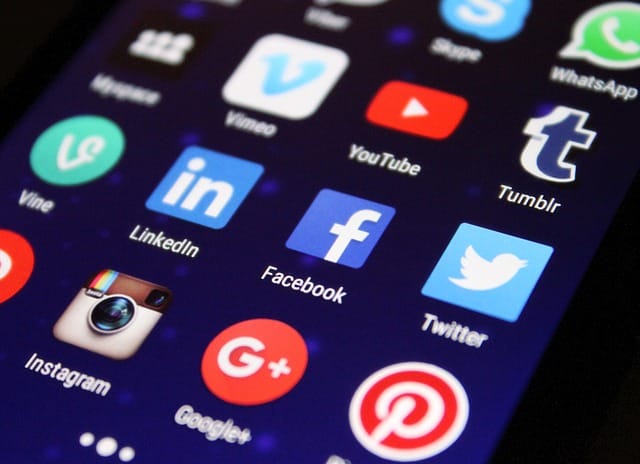
The IoT and wearables industries have the potential to disrupt a lot of markets. Many of the devices that we have already seen can completely change the way we interact with technology, after all. One particular area that will most likely be affected by the soon-to-come explosion of those industries is social media. Their ever-changing world and fast adoption rates almost guarantee that once the industries have settled on approachable, convenient, and affordable devices, interactions with social media will change fundamentally.
Until then, however, why don’t we take a look at some of the current experiments in social media wearables?
Snapchat Spectacles
These glasses, which are part of an ongoing experiment, were a major contributing reason of starting this article. In case you have missed the tech media hype, Snapchat has been selling a pair of camera-equipped sunglasses in a number of secret locations around the US through disappearing vending machines for $130 a pop.. With the press of a button, the glasses allow you to take up to 10 seconds of video and instantly share it in the social network.
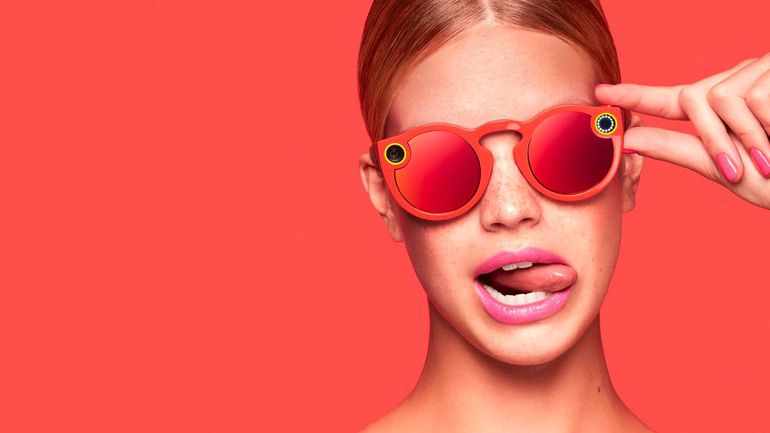
The idea is that people will spontaneously share moments of their lives viewed through their own eyes. Aside from the cool concept, the Snapchat Spectacles have once again raised similar concerns as the short-lived Google Glass, particularly in regards to privacy. Whether you find them endearing or creepy, however, products like these will most likely keep on coming in the near future.
Hicon
Though it did not pan out in the end due to various problems in the production phase, the Hicon had some interesting ideas about new types of interactions in social media. Dubbed as ‘the social bangle’, the Hicon was a wristband that could alert the user of notifications from various social media services via customizable buttons and a small display. Aside from that, the Hicon was supposed to be a social networking platform on its own where users could create profiles, share contacts with a handshake, and locate people with similar interests around them.
![]()
Aside from that, the Hicon creators had promised compatibility with every major mobile platform, a completely waterproof and sandproof build, an estimated battery life of 14 days, and an accelerometer.
Glocon
Yet another device that didn’t pan out but also had a decent vision. The Glocon was also a wristband with a range of features, owing to its Bluetooth and NFC combination. Not only could users receive notifications from any service or device but its “self-aware mode” also allowed users to quickly share contact information and identify like-minded people in their vicinity.
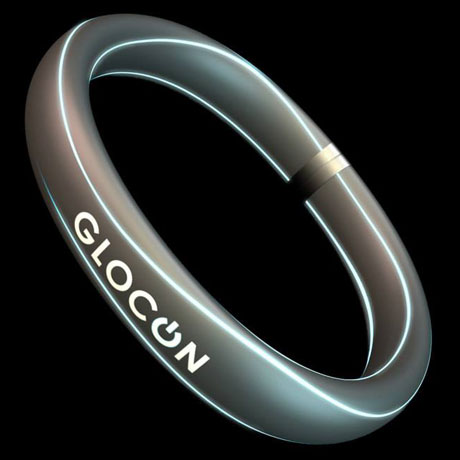
Though the Glocon was not exclusively limited to social media, one of its main selling points was the fact that you could deal with notifications without interacting with your phone. Its relatively small footprint was also going to serve as a fashion statement and a social marketing tool.
Social Textiles
Despite the fact that we constantly share a lot of information about our lives online, real-world interactions can still be incredibly awkward. Breaking the ice is a process that many people are, at best, unfamiliar with. According to a group of MIT students, the answer is Social Textiles. Their smart T-shirt is connected to a smartphone via Bluetooth and constantly scans the area for people with similar interests. Once it actually finds someone, it vibrates slightly to let you know about it.
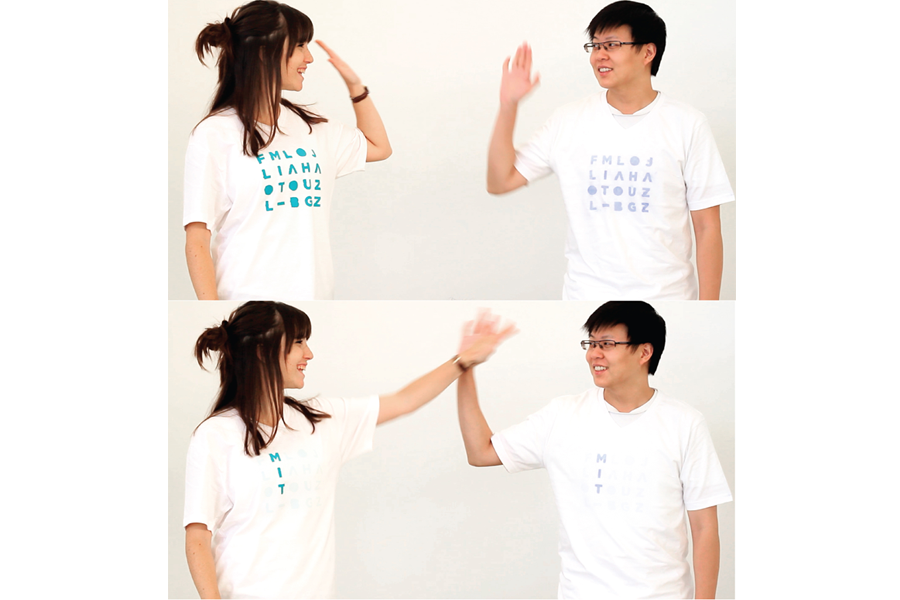
Instead of simply displaying your shared interests, however, Social Textiles waits until you get close to the person and touch their hands or shoulder. Only then does it display your shared interests or experiences as seen in the picture. The idea was that people who share similar interests could use something like Social Textiles to get over the initial hurdle of interacting with a stranger. Even though it is not an actual product, the idea is certainly an interesting one.
Say Wearables
With a tagline like ‘Say it, Wear it, Share it’, Say Wearables obviously have a vision to change the social media world. Their very first product, the Say Necklace, is the world’s “first wearable social media platform” which is set to arrive sometime during this month of December.
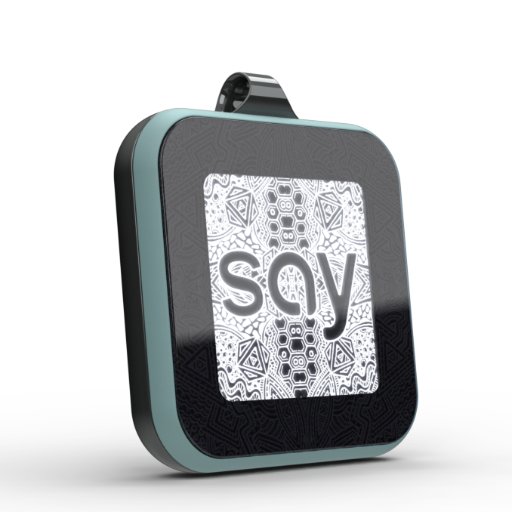
To put it simply, the Say is a tiny display that features GIFs, videos, or images which users can create on their own or retrieve from the web. It is supposed to be something like a customizable piece of jewelry, something that you would wear to share your interests with the world. Aside from being a fashion statement in itself, the Say is also its own social network, complete with special groups dubbed ‘Tribes’ which others can freely join in. Backed by investors from Google, Facebook, and Samsung, the product is aimed at the “Snapchat and Instagram generation”.
FlapIt
Social media is a hugely important part of business nowadays for both small and large enterprises. Counting Facebook likes and Twitter followers is not just a pastime for the self-absorbed but also a part of many a marketing strategy. This is where FlapIt comes in. In essence and in practice, it is simply a physical social media counter with an analogue interface.

Once you connect the FlapIt to a social network, it automatically displays and updates the number of social media counts that your business (or profile) receives on that network. At £299, it is basically an extravagant display but it would certainly look great in an artisan coffee shop or even on the counters of the latest-and-greatest street food vans.
Like-A-Hug
When I first saw the Like-A-Hug ‘social media vest’, I instantly felt a tingle of sadness. If receiving Facebook like notifications on your phone is not enough to satisfy the social media void in your heart, Like-A-Hug allows you to go one step further. Whenever you receive a like, the vest will squeeze itself as if hugging you. And if you share the vest with another person, you can squeeze back to send them a virtual hug too.

This is yet another experiment that came out of MIT and, if nothing else, it showcases just how impactful social media has become in our daily lives. There is certainly a missing link between the digital and offline worlds but I’m not convinced that a hugging vest is the answer.



